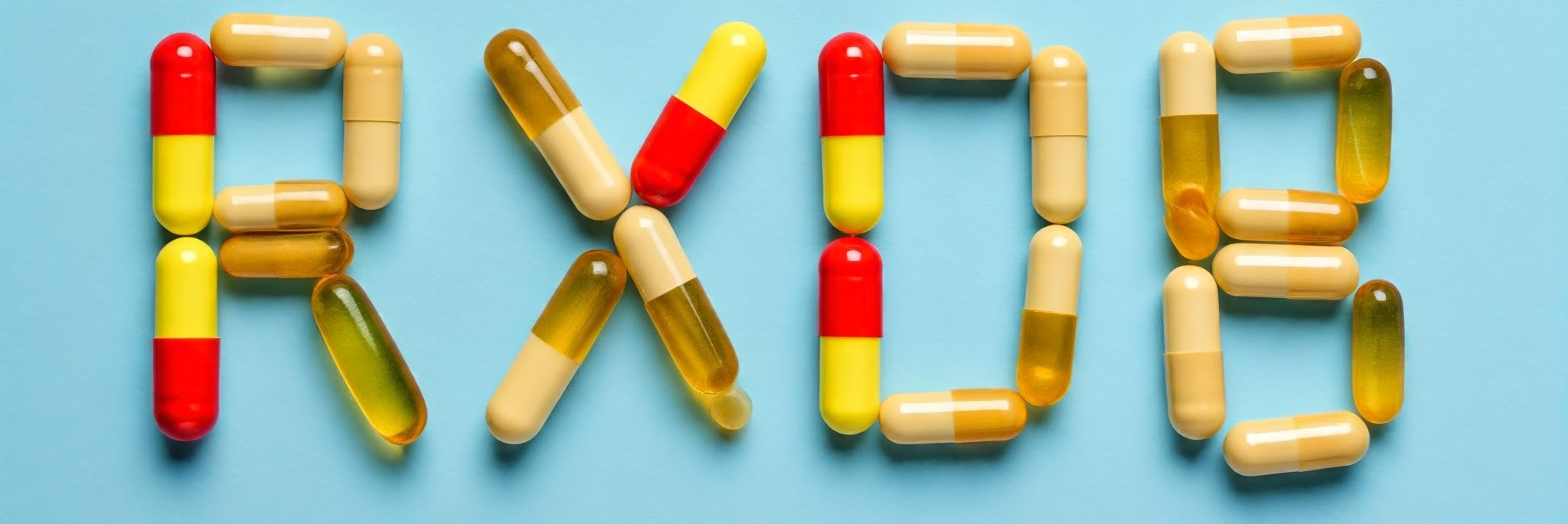Thioguanine is a medication that belongs to a class of drugs known as antimetabolites. It is commonly used in the treatment of certain types of leukemia, particularly acute myeloid leukemia (AML) and acute lymphoblastic leukemia (ALL). Thioguanine works by interfering with the growth and spread of cancer cells in the body.
As a medical professional, it is important to understand the potential benefits and risks associated with thioguanine therapy. While this medication can be highly effective in treating leukemia, it also carries the risk of serious side effects. Patients taking thioguanine may experience bone marrow suppression, which can lead to a decrease in red blood cells, white blood cells, and platelets. This can increase the risk of infection, anemia, and bleeding.
It is crucial to closely monitor patients receiving thioguanine therapy for any signs of bone marrow suppression or other adverse effects. Regular blood tests are typically required to assess blood cell counts and liver function. In some cases, dosage adjustments or discontinuation of the medication may be necessary to manage side effects.
It is also important to educate patients about the potential risks and benefits of thioguanine therapy. Patients should be informed about the importance of adhering to their treatment plan and reporting any unusual symptoms or side effects to their healthcare provider.
Overall, thioguanine can be a valuable tool in the treatment of leukemia, but it is essential to carefully weigh the potential benefits against the risks and closely monitor patients throughout therapy. As a medical professional, it is our responsibility to provide comprehensive care and support to patients receiving thioguanine treatment.

